The value of African Herbalism In Africa, about 80% of the population rely on traditional medicine for their basic healthcare needs (WHO). Medicines from natural products are affordable, accessible and are generally safe.
Emergence of drug resistant strains of infectious diseases and dose limiting toxic effects are a growing concern world wide. This calls for the search for new medicines, especially antimicrobials, from various sources.
Some herbal medicines have been translated into modern remedies, such as the anti-malarial group of Artemisinin isolated from Artemisia annua, a herb that was known in Chinese medicine to treat fever.
Read more on the Value of Herbal Medicine
Traditional African medicine is a holistic healing system that uses a combination of spiritual practices, herbal remedies and other methods to address physical and mental health. It is deeply rooted in cultural and spiritual beliefs, often incorporating divination and ritualistic practices alongside the use of plant and animal-derived remedies.
Traditional African medicine, with its belief that illness is not derived from chance occurrences, but through spiritual or social imbalance, differs greatly from modern scientific medicine, which is technically and analytically based.
The History of Herbalism People ave been using medicinal plants since the beginning of mankind. Archaeological remains from early civilisations show that plants were used in burials and other rituals.
The knowledge was passed down from generation to generation and gradually information was methodically collected from native peoples and compiled in herbal pharmarcopoeias. One of the first written records of herbal medicines was Chinese, in around 2800BC in the ‘Pen Ts’ao’ by Shen Nung.
Throughout the Middle Ages botanicals were the only medicines available and most households would have small herb gardens. By the 17t century knowledge of herbal medicine ws widely spread throughout Europe and in 1649 Nicholas Culper wrote his famous pharmacopoeia which was one of the first medical manuals intended for the use of the lay person, and is still widely quoted from today.
In modern healthcare pharmaceutical drugs, often derived from medicinal plants, have largely replaced herbal medicines.
Herbal Preparations There are many forms in which herbs can be administered, the most common of which is herbal tea or a (possibly diluted) plant extract. Infusions and decoctions are hot water extracts of herbs. Tinctures are alcoholic extracts of herbs, which are generally stronger than herbal teas. Herbal wine and elixirs are alcoholic extracts with a lower ethanol percentage.
Many herbs are applied topically to the skin in a variety of forms. Essential oil extracts can be applied to the skin, usually diluted in a carrier oil. Salves, oils, balms, creams, and lotions are other forms of topical delivery mechanisms. Inhalation, as in aromatherapy, can be used as a treatment
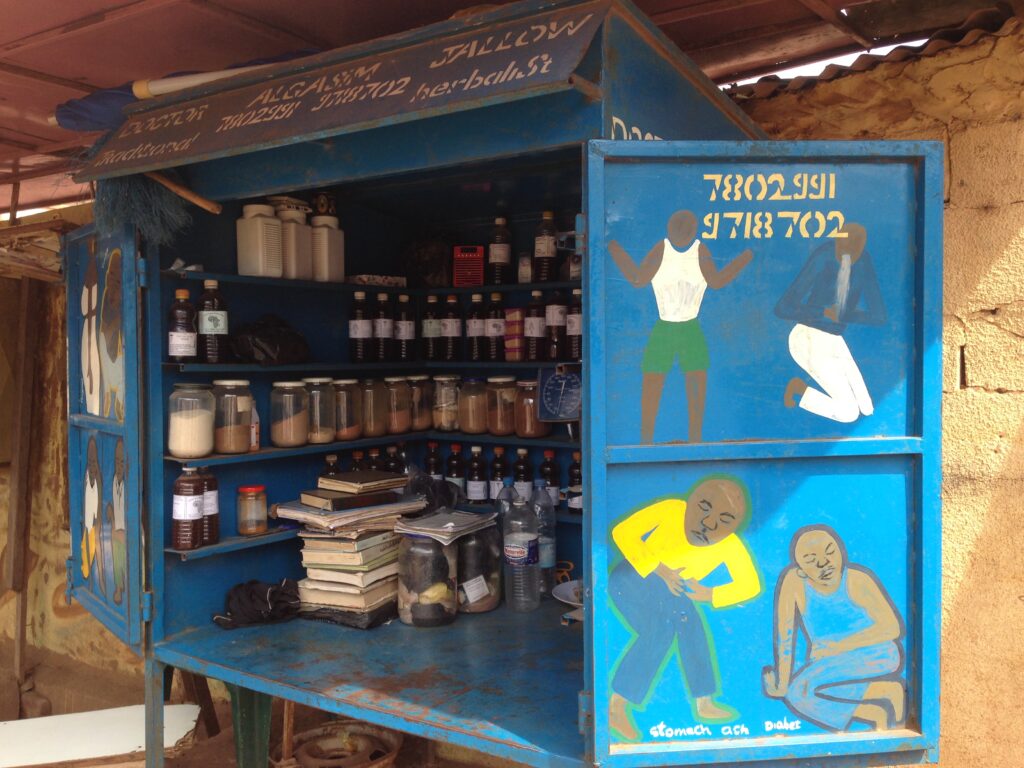
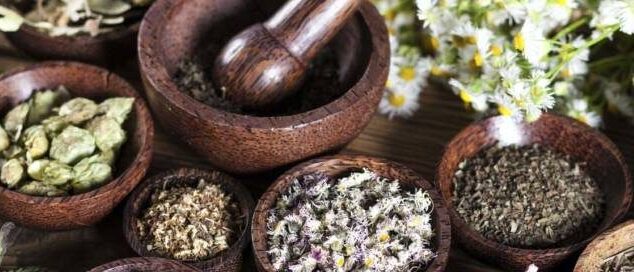
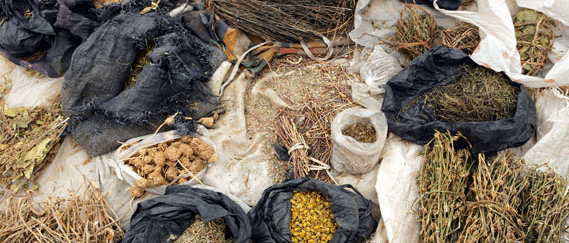
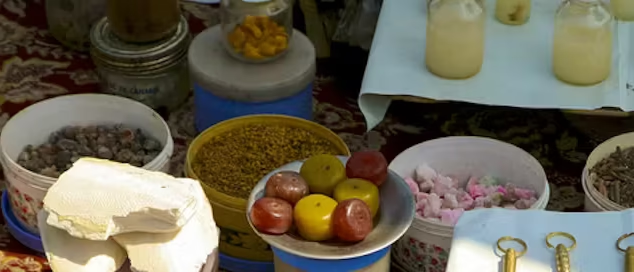
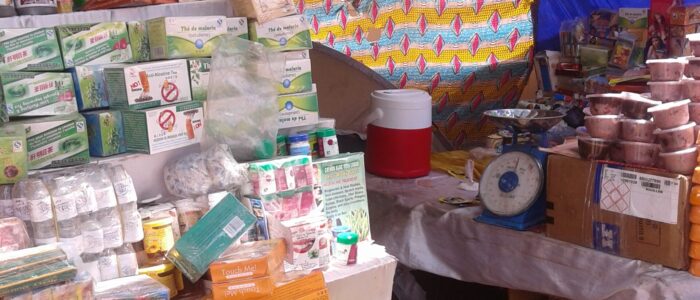
Hoi, dit is een reactie.
Om te beginnen met modereren, bewerken en verwijderen van reacties, ga je naar het Reacties scherm op het dashboard.
Avatars van auteurs komen van Gravatar.